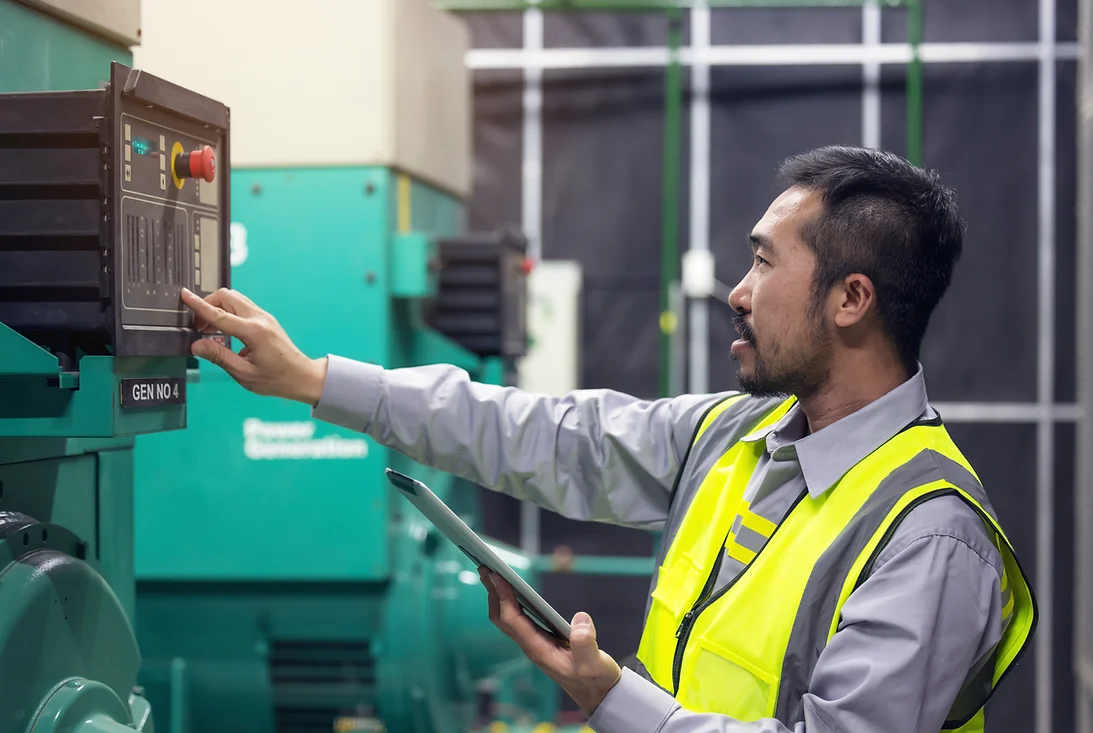
Services - General Inspection
At NDSS-Network Diesel Sales & Service, we take the safety and reliability of your diesel generator set seriously. We recommend frequent inspections of key areas to identify and address any potential mechanical problems that could create hazardous conditions. Our knowledgeable technicians are available to assist with these inspections and provide recommendations for proper maintenance practices. We stand behind our commitment to exceptional sales, service, and rental options for diesel generator sets, and place the utmost importance on maintaining safe and reliable operation.

